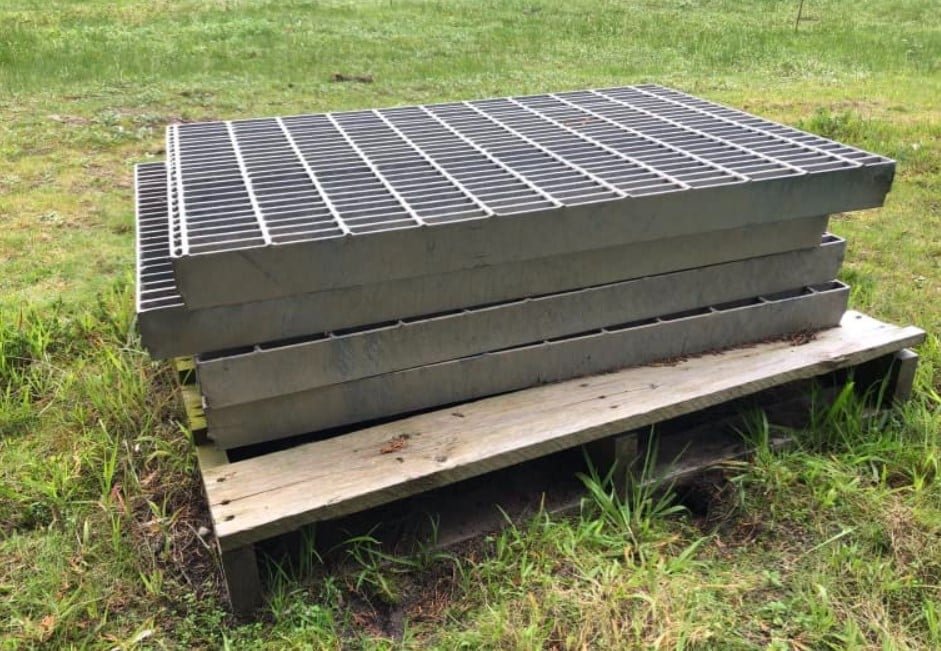Home Improvement
A Comprehensive Guide to Stormwater Pits in Your Project

Stormwater management is a critical aspect of urban planning and development. As cities expand and populations grow, effectively handling stormwater runoff becomes increasingly important.
One essential component of stormwater management is the use of stormwater pits. These pits, also known as stormwater detention or retention basins, play a crucial role in controlling and mitigating the impact of stormwater on the environment.
Understanding Stormwater Pits
What are Stormwater Pits?
Stormwater pits are structures designed to collect, detain, or retain stormwater runoff. These pits are strategically placed in various locations within a project to capture excess rainwater, preventing it from causing flooding, erosion, or other environmental issues. The design and functionality of stormwater pits can vary, but their primary purpose is to manage the flow of stormwater in a controlled manner.
Types of Stormwater Pits
- Detention Basins: These pits temporarily hold stormwater and release it at a controlled rate. Detention basins effectively prevent downstream flooding by slowing down the flow of water.
- Retention Basins: Unlike detention basins, retention basins permanently hold a certain amount of stormwater. They often have a permanent pool of water and can provide additional benefits such as habitat for wildlife or aesthetic enhancements.
- Infiltration Basins: These pits allow stormwater to percolate into the ground, recharging groundwater levels. Infiltration basins are particularly useful in areas with suitable soil conditions for groundwater recharge.
Design Considerations for Stormwater Pits
Site Evaluation
Before designing stormwater pits, a thorough site evaluation is essential. Factors such as soil type, topography, land use, and local regulations play a crucial role in determining the appropriate design for stormwater management.
Sizing
Proper sizing of stormwater pits is critical to ensure they can handle the anticipated stormwater volume. Engineers use hydrological models to estimate rainfall patterns and calculate the necessary storage capacity for the pits.
Construction Materials
The choice of construction materials for stormwater pits depends on various factors, including the pit’s purpose, soil conditions, and environmental considerations. Common materials include concrete, precast concrete, plastic, and geosynthetic liners.
Landscaping and Aesthetics
Integrating stormwater pits with the project’s landscaping can enhance their aesthetic appeal. Vegetated buffers, native plantings, and other landscaping elements improve the visual aspect and contribute to the pits’ ecological functionality.
Maintenance Access
Designing stormwater pits with easy access for maintenance is crucial. Regular inspection and maintenance are necessary to ensure the long-term functionality of the pits. Access points, such as manholes, should be strategically located for easy inspection and cleaning.
Benefits of Using Stormwater Pits
Flood Control
Stormwater pits effectively control the flow of stormwater, preventing downstream flooding. These structures help manage water levels during heavy rainfall events by detaining or retaining excess water.
Erosion Prevention
Uncontrolled stormwater runoff can lead to erosion, negatively impacting soil and water quality. Stormwater pits mitigate erosion by slowing down water flow, allowing sediment to settle, and promoting proper filtration.
Water Quality Improvement
Stormwater pits play a vital role in improving water quality. As water is detained or retained, sediments settle, and pollutants are filtered out, resulting in cleaner water discharged into the environment.
Groundwater Recharge
Infiltration basins, a type of stormwater pit, facilitate groundwater recharge. This is particularly important in areas where groundwater levels are a concern.
Challenges and Considerations
While stormwater pits offer numerous benefits, some challenges and considerations must be addressed:
Regulatory Compliance
Ensure that stormwater pit designs comply with local regulations and environmental standards. Obtaining necessary permits and approvals is crucial before construction begins.
Maintenance Requirements
Regular maintenance is essential for the continued effectiveness of stormwater pits. Neglecting maintenance can lead to clogging, reduced capacity, and potential system failure.
Public Awareness
Educate the public about the importance of stormwater management. Community engagement can foster a sense of responsibility and cooperation in maintaining stormwater pits.
Conclusion
Incorporating stormwater pits into your project is fundamental to effective stormwater management. These structures offer a versatile and sustainable solution to mitigate the impact of stormwater runoff, promoting environmental sustainability and resilience. By understanding stormwater pits’ types, design considerations, and benefits, project developers and engineers can contribute to creating more resilient and environmentally friendly urban spaces.
-

 Celebrity4 weeks ago
Celebrity4 weeks agoIs YNW Melly Out Of Jail? What Is The YNW Melly Release Date, Career, Early Life, And More
-

 Sports4 weeks ago
Sports4 weeks agoMore Than Just a Game: How College Sports Can Shape Your Future
-

 Tech3 weeks ago
Tech3 weeks agoAI Software: Transforming the Future of Technology
-

 Tech3 weeks ago
Tech3 weeks agoAll About Com. Dti. Folder Launcher: Features, Benefits, Tips, And More













